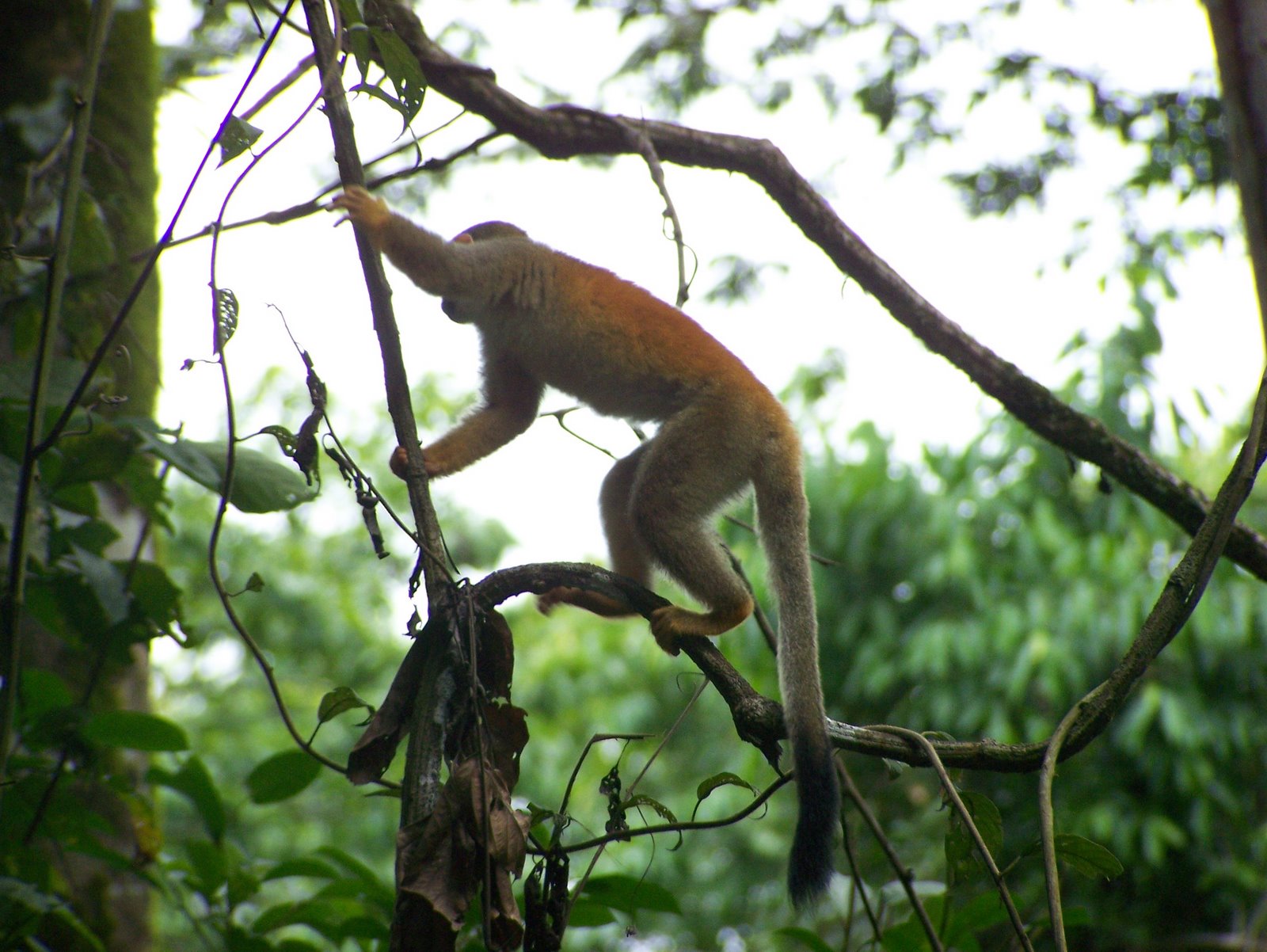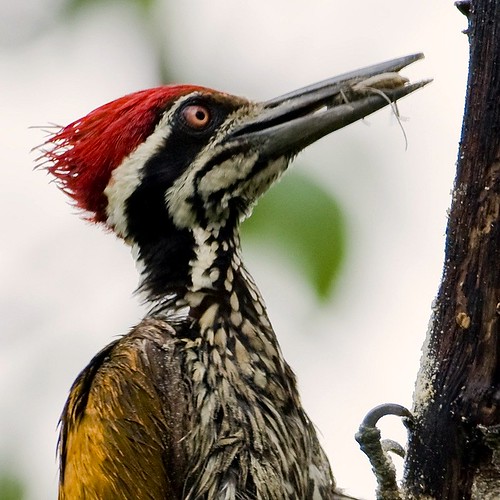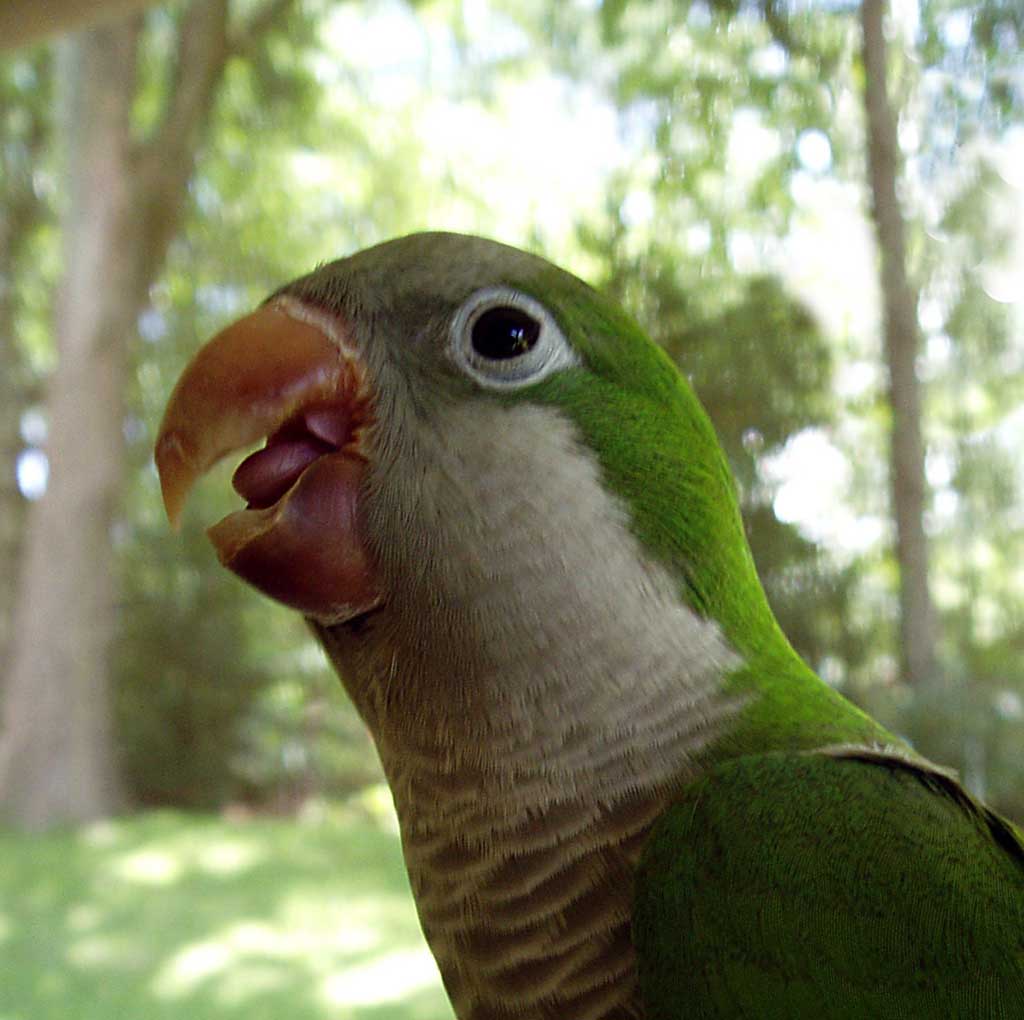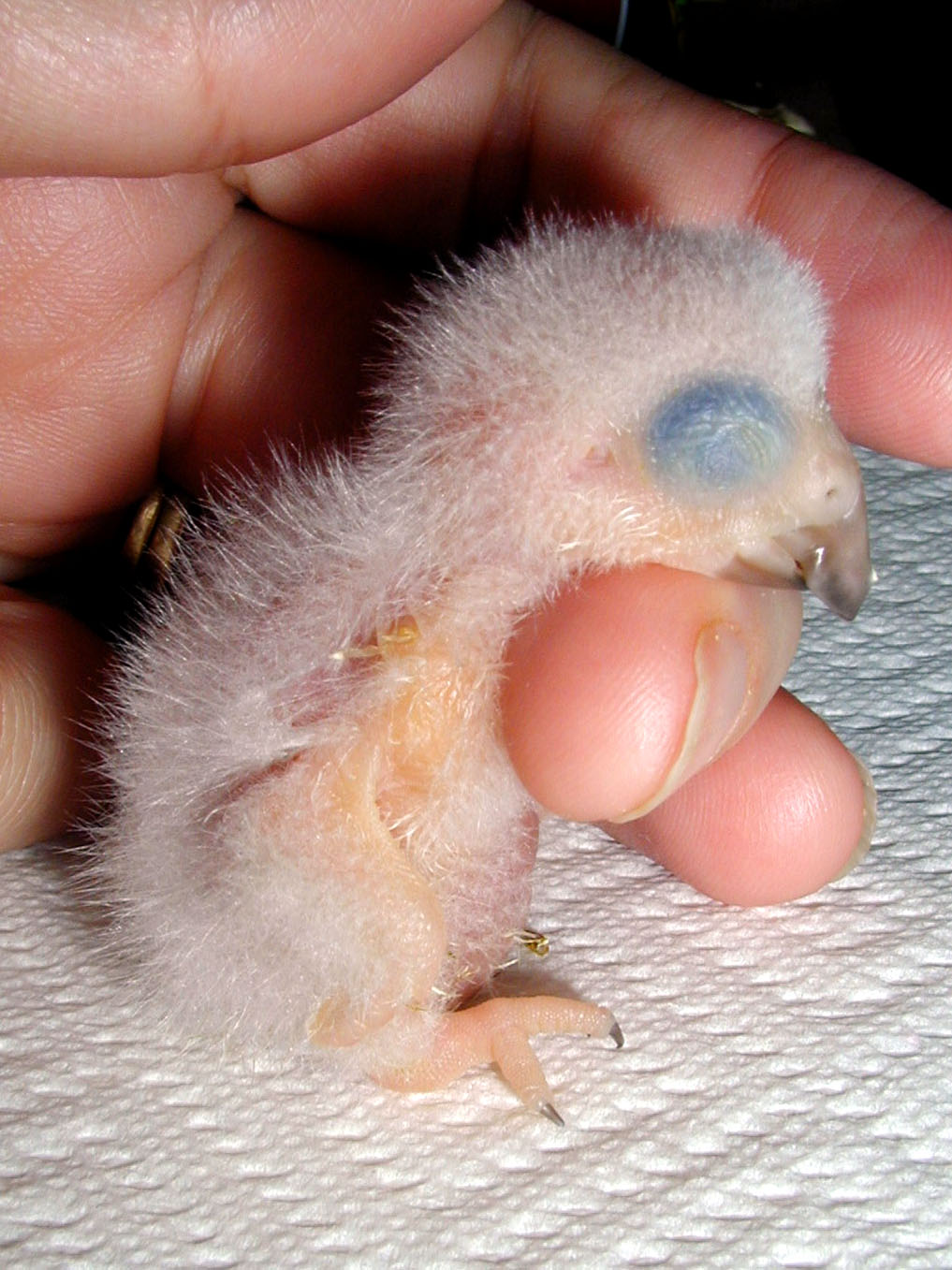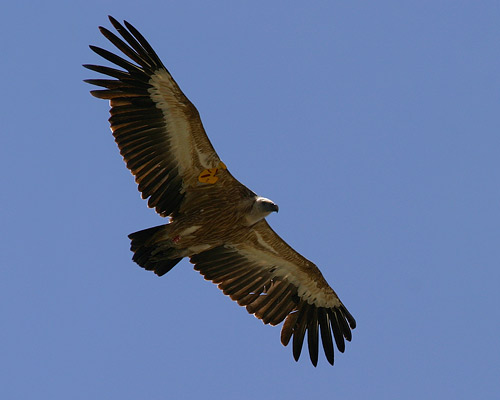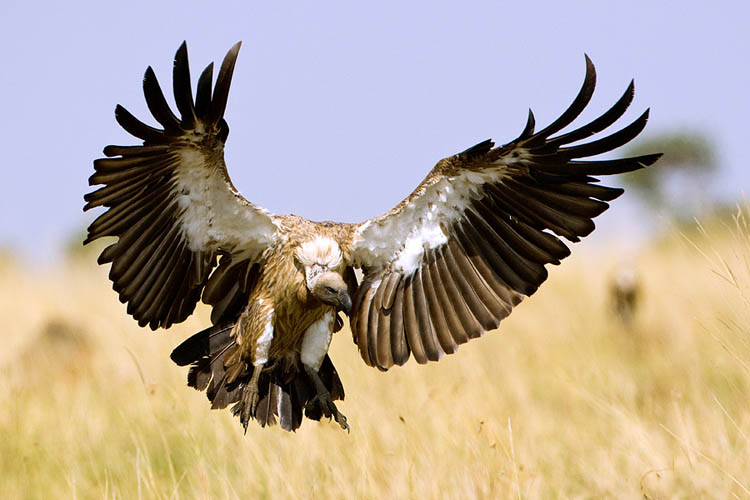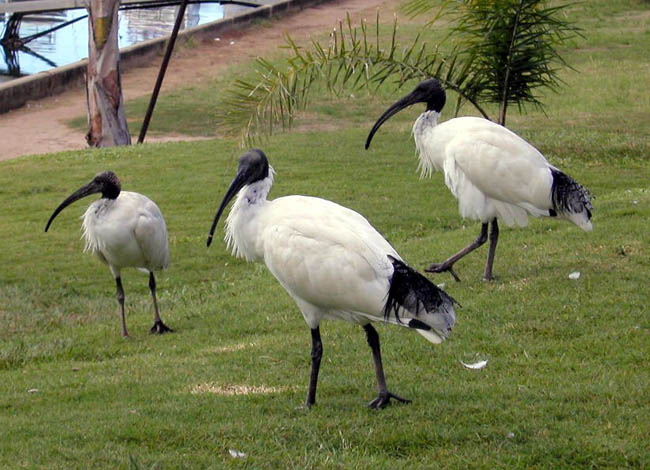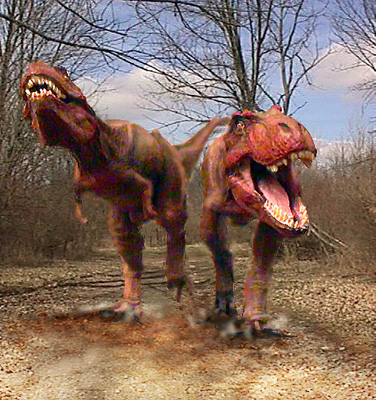
wallpapers of animal dinosaurs pictures

animals of dinosaurs pictures youtube

free downloading pics of ticeratops wiki

different types of dinosaurs habitat

hollywood movies of flying dinosaurs gallery

Dangerous animals of tyrannosaurus photos

top graphics of dinosaur tv shows
Dinosaurs are a diverse group of reptiles. They were the dominant terrestrial vertebrates for over 160 million years, from the late Triassic period (about 230 million years ago) until the end of the Cretaceous period (about 65 million years ago), when the Cretaceous–Tertiary extinction event caused the extinction of most dinosaur species, except for some birds. The fossil record indicates that birds evolved from theropod dinosaurs during the Jurassic period, and most paleontologists regard them as the only group of dinosaurs to have survived until the present day.
Dinosaurs are a diverse and varied group of animals; birds, at over 9,000 species, are the most diverse group of vertebrate besides perciform fish.Paleontologists have identified over 500 distinct genera and more than 1,000 different species of non-avian dinosaurs.Dinosaurs are represented on every continent by both extant species and fossil remains.Some dinosaurs are or were herbivorous, others carnivorous. Some have been bipedal, others quadrupedal, and others have been able to shift between these body postures. Many non-avian species developed elaborate skeletal modifications such as bony armor, horns or crests. Avian dinosaurs have been the planet's dominant flying vertebrate since the extinction of the pterosaurs. Although generally known for the large size of some species, most dinosaurs were human-sized or even smaller. Most groups of dinosaurs are known to have built nests and laid eggs.One notable exception is Repenomamus giganticus, a triconodont weighing between 12 kilograms (26 lb) and 14 kilograms (31 lb) that is known to have eaten small dinosaurs like young Psittacosaurus.
Since the first dinosaur fossils were recognized in the early nineteenth century, mounted dinosaur skeletons have been major attractions at museums around the world, and dinosaurs have become a part of world culture.for more animals...






